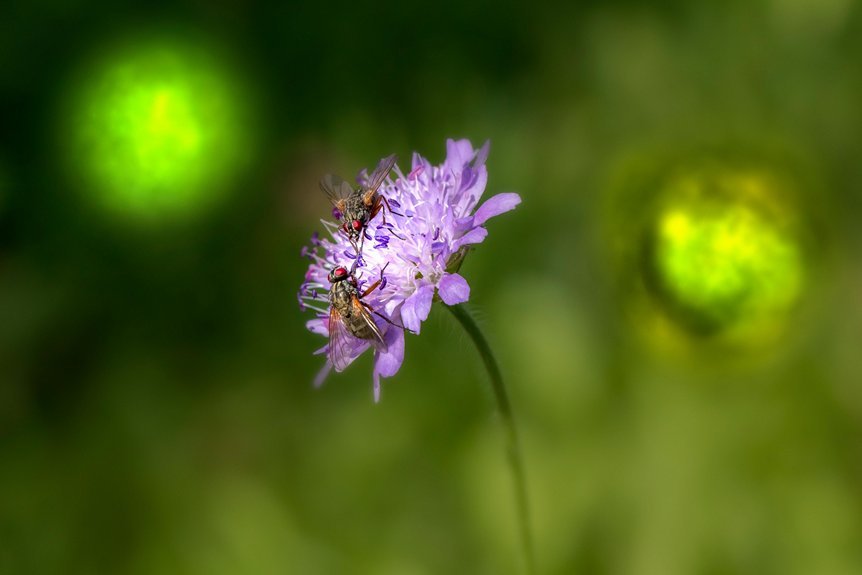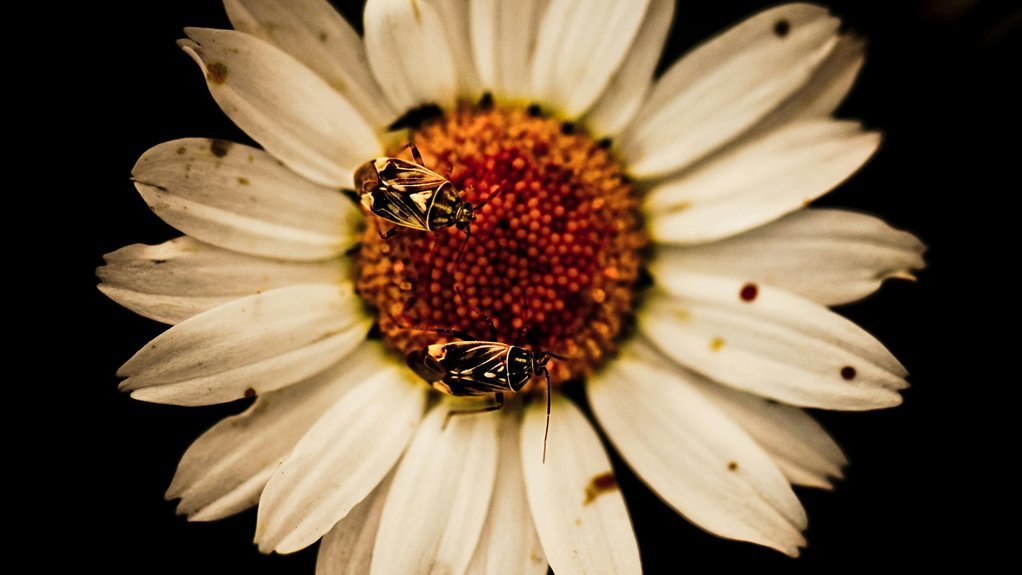Yellow fungus infection on a bearded dragon can be a concerning issue for any reptile owner. This fungal disease, if untreated, may cause serious harm to your pet’s skin and overall well-being. Understanding how to treat yellow fungus on a bearded dragon at home is essential for early intervention, which can prevent complications and promote healing.
In this comprehensive guide, we’ll explore everything you need to know—from identifying the symptoms and causes to proven home treatments and prevention strategies. Let’s dive right in!
Understanding Yellow Fungus in Bearded Dragons
Yellow fungus, scientifically known as Chrysosporium anamorph of Nannizziopsis vriesii (CANV), is a type of fungal infection primarily affecting reptiles like bearded dragons. This infection targets the skin, causing discolouration, lesions, and in severe cases, tissue damage.
Causes of Yellow Fungus
Several factors contribute to the development of yellow fungus in bearded dragons:
- Poor Hygiene: Dirty enclosures can harbour fungal spores.
- Excess Humidity: High moisture levels create an ideal environment for fungal growth.
- Weakened Immune System: Stress, poor diet, or other illnesses lower the dragon’s defences.
- Skin Injuries: Scratches or wounds provide entry points for fungi.
Symptoms to Identify Yellow Fungus
Recognising yellow fungus early helps ensure effective treatment. Common symptoms include:
- Yellowish or mustard-colored crusty patches on the skin.
- Rough, flaky, or thickened skin texture.
- Areas of swelling or redness.
- Loss of appetite and lethargy in more advanced cases.
Diagnosing Yellow Fungus at Home
While professional veterinary diagnosis is ideal, reptile owners can look for tell-tale signs at home. A close inspection under good lighting and using a magnifying glass can help detect early fungal lesions.
When to Consult a Veterinarian
If the infection spreads rapidly, causes severe discomfort, or if you notice systemic symptoms like weight loss, it’s crucial to seek veterinary care. A vet can perform fungal cultures and prescribe antifungal medications that are stronger than over-the-counter options.
Preparing to Treat Yellow Fungus
Before beginning any treatment, you need to set up a clean, safe environment for your bearded dragon.
Essential Supplies Needed
- Antifungal ointments (e.g., Miconazole, Itraconazole)
- Clean water and disinfectants are safe for reptiles
- Sterile gauze and cotton swabs
- Separate quarantine enclosure (if possible)
- Nutritional supplements to boost immunity
10 Proven Methods to Treat Yellow Fungus on Bearded Dragons at Home
Here are ten effective steps to treat yellow fungus in your pet at home, ensuring a full recovery.
1. Cleaning the Enclosure
A clean habitat is key to preventing fungal spread. Remove all substrate, wash all decorations with reptile-safe disinfectants, and replace with fresh bedding. Maintain humidity between 30-40% to discourage fungal growth.
2. Quarantine the Infected Dragon
Isolate your bearded dragon from other pets to avoid contagion. Use a separate enclosure cleaned regularly.
3. Bathe with Antifungal Solutions
Soaking your dragon in a lukewarm bath with antifungal additives can help reduce fungal spores on the skin. Limit baths to 10-15 minutes to avoid stress.
4. Apply Topical Antifungal Ointments
Gently clean the infected area and apply prescribed antifungal creams twice daily. Use sterile gauze to prevent contamination.
5. Trim Infected Scales Carefully
If safe and feasible, trimming flaky infected scales can help ointments penetrate better. Always consult a vet before attempting this.
6. Maintain Optimal Temperature and Lighting
Ensure your dragon’s basking spot is between 95-105°F (35-40°C) to support immune function. UVB lighting is crucial for skin health and vitamin D synthesis.
7. Boost Immune System with Diet
Provide a nutrient-rich diet including fresh vegetables, insects, and supplements like vitamin A and calcium.
8. Use Probiotics and Supplements
Some owners find that reptile probiotics help balance skin flora and improve immunity.
9. Monitor Progress Closely
Take photos weekly to track improvement. If lesions worsen, escalate care with your vet.
10. Practice Rigorous Hygiene
Always wash your hands before and after handling your dragon or cleaning its enclosure to prevent reinfection.
Preventing Yellow Fungus Recurrence
Prevention is better than a cure. Maintaining a clean environment, proper nutrition, and stress reduction are essential.
Environmental Management
Regularly clean and disinfect the enclosure. Avoid overly humid conditions and monitor temperature consistently.
Proper Diet and Nutrition
Balanced diets fortified with vitamins and minerals keep your bearded dragon’s skin resilient against infections.
FAQs About Treating Yellow Fungus on Bearded Dragons
1. Can yellow fungus be cured at home without a vet?
Mild cases may improve with home care, but vet supervision is recommended for accurate diagnosis and medication.
2. How long does it take to heal the yellow fungus?
Treatment usually spans 4-6 weeks, but can be longer depending on severity.
3. Is yellow fungus contagious to humans?
No, yellow fungus is specific to reptiles and poses no risk to humans.
4. Can a poor diet cause yellow fungus?
A poor diet weakens the immune system, making fungal infections more likely.
5. Are antifungal ointments safe for bearded dragons?
Yes, when used as directed by a vet or reptile expert.
6. How often should I clean my bearded dragon’s enclosure?
Weekly cleaning is ideal, with daily spot cleaning.
Conclusion
Knowing how to treat yellow fungus on a bearded dragon at home empowers you to act swiftly and effectively. By maintaining a clean habitat, applying appropriate antifungal treatments, and supporting your dragon’s immune system, you can ensure your pet stays healthy and happy. Always monitor your bearded dragon closely and consult a veterinarian when necessary to prevent complications.













